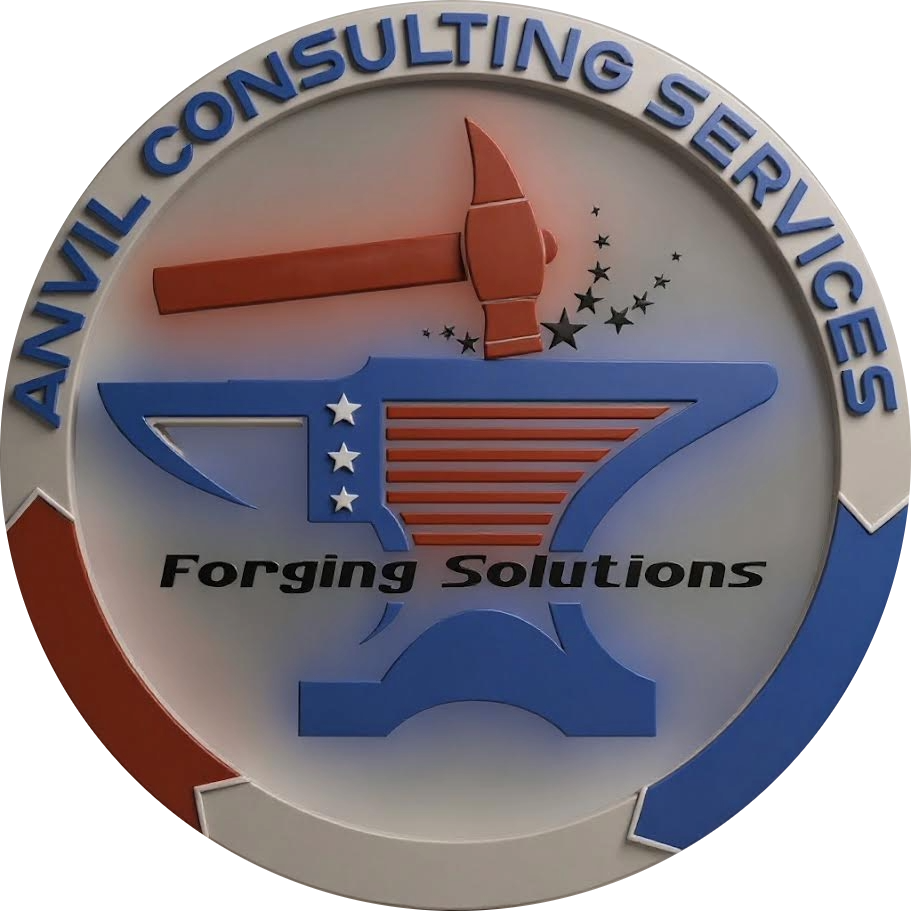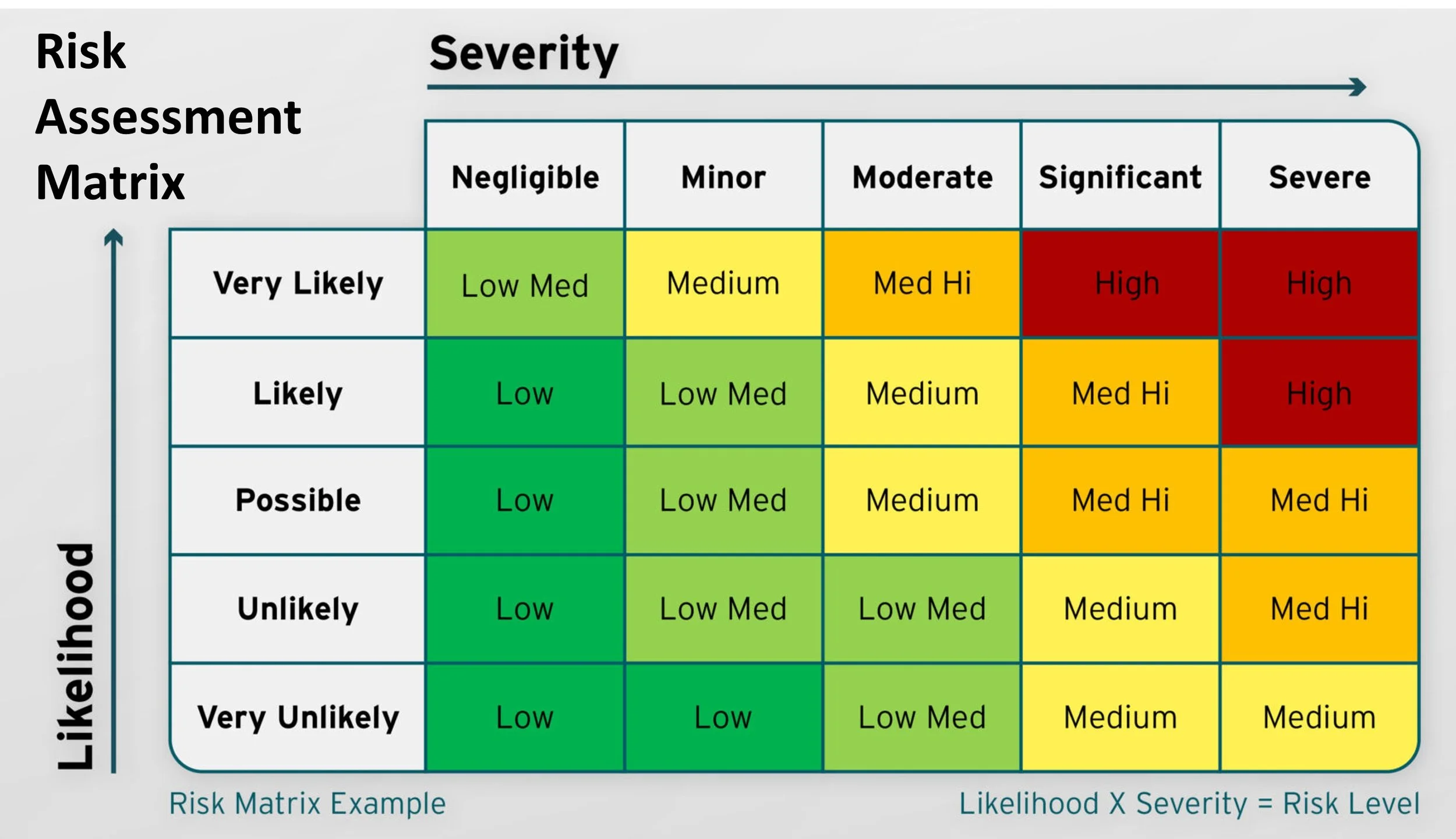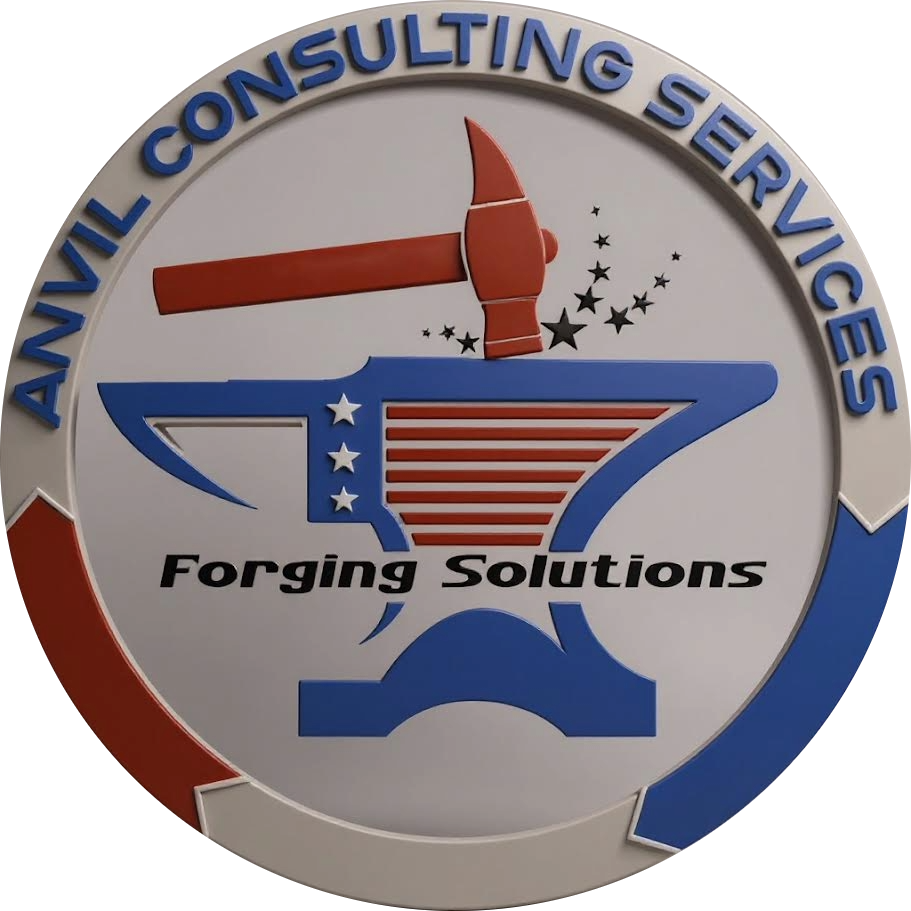Our Services
Expert consulting services tailored to your organization’s needs, forging strategic solutions and actionable insights. Enhance performance and drive successful outcomes with our seasoned professionals guiding your organization to achieve its full potential.
Services
-

Asset Management
Providing facility and infrastructure asset management to maximize your investment.
-

Strategic Planning & Execution
Developing insightful visions, detailed strategies, and comprehensive execution plans to reach your full potential.
-

Collaborative Team Building
Providing collaborative tools and techniques to build and maintain winning teams so you can maximize the performance of your most valuable resource, your people.
-

Profit & Loss Center Management
Improving your organization’s business processes, tools, and artifacts to ensure sustainable growth.
Asset Management
THE PROBLEM. Most organizations with large and complex facility and infrastructure portfolios all have the same challenge:
Inadequate and inconsistent funding for facility sustainment leads to a growing deferred maintenance backlog, resulting in deteriorating infrastructure, increased lifecycle costs, compromised mission effectiveness, and potential safety hazards.
The requirement to balance immediate maintenance needs with long-term modernization investments while facing budget constraints often leads to deferred maintenance, impacting operational readiness and potentially increasing long-term costs.
THE SOLUTION. Risk-based asset management planning ensures your organization,
Knows what assets they have.
Assesses the condition of those assets.
Understands how each asset impacts your ability to execute the mission.
Risk-Based Asset Management Planning utilizes a data-driven approach to consider the likelihood of a failure (asset condition) and severity of failure (asset-mission dependency) to determine the most effective application of limited funding.
Anvil Consulting Services has over 35 years of experience developing and implementing Risk-Based Asset Management Planning. Let us help you!
Strategic Planning & Execution
Strategic planning offers a wide range of benefits for organizations of all sizes. Essentially, it provides a roadmap for achieving long-term success and growth. Key benefits of strategic planning include:
Providing Direction and Focus: It creates a single, forward-focused vision and clearly defines an organization's mission, vision, goals, and objectives, ensuring everyone is working toward the same purpose.
Improved Decision-Making: It establishes a clear framework and set of priorities that guide daily operational and resource allocation decisions, helping leaders make choices that align with long-term goals.
Effective Resource Allocation: By defining priorities, strategic planning helps an organization allocate its financial, human, and technological resources more efficiently and effectively to the highest-impact areas.
Increased Operational Efficiency: It helps align all activities, reducing wasted effort, promoting coordination, and streamlining business processes and workflows to improve overall productivity.
Proactive Management and Adaptability: It forces an organization to analyze its internal and external environment (e.g., SWOT analysis), allowing it to anticipate market trends, opportunities, and potential threats. This shifts the organization from being reactive to being proactive.
Performance Measurement and Accountability: It sets clear, measurable goals and key performance indicators (KPIs) that allow the organization to track progress, evaluate effectiveness, and ensure accountability at all levels.
Anvil Consulting Services has over 35 years of experience developing and executing strategic planning. The Owner, Doug Hammer, has a Master of Arts in Strategy Development and is a certified Change Management Advanced Practitioner.
Collaborative Team Building
Collaborative team-building offers a wide array of benefits that positively impact both the team and the overall organization. The primary advantages revolve around improving performance, communication, and morale:
Enhanced Problem Solving and Innovation:
Diverse Perspectives: Bringing together individuals with different backgrounds, experiences, and skills leads to a more comprehensive view of challenges.
Creative Solutions: The collision of various ideas and viewpoints often sparks greater creativity and generates more innovative solutions than individuals could achieve alone.
Better Decision Making: Collective input, built on diverse knowledge, results in stronger, fairer, and faster decision-making.
2. Improved Communication and Trust:
Breaks Down Silos: Activities encourage interaction between team members who may not work together daily, improving cross-functional understanding.
Open Dialogue: Team building provides a low-pressure environment for practicing clear, honest, and frequent communication.
Builds Trust: By working together toward a common goal, team members learn to rely on one another's skills and support, fostering mutual respect and psychological safety.
3. Higher Employee Morale and Engagement:
Sense of Belonging: Collaboration and shared experiences strengthen interpersonal relationships, creating a supportive community and sense of belonging.
Increased Job Satisfaction: Employees who feel valued, heard, and connected to their colleagues and a shared purpose tend to report higher job satisfaction.
Reduced Stress and Burnout: A strong, supportive team allows for better distribution of workload, provides emotional support, and can help mitigate feelings of isolation, especially for remote workers.
4. Increased Efficiency and Productivity:
Streamlined Workflows: With better communication and a clearer understanding of each other's strengths and weaknesses, teams can delegate tasks more effectively and work together more smoothly.
Skill Sharing: Team members learn new knowledge and skills from their colleagues, leading to collective growth and an overall more capable team.
5. Stronger Organizational Culture:
Positive Environment: Prioritizing team bonding shows employees that the company values their connections and well-being, contributing to a more positive and healthy work environment.
Conflict Resolution: Regularly practicing teamwork can hone conflict resolution and problem-solving skills, making it easier to navigate disagreements when they arise.
Anvil Consulting Services has over 35 years of collaborative team-building experience. The Owner, Doug Hammer, has a Master of Arts in Human Resource Development with a focus on Team-building. My teams are diverse in thought, highly resilient, and capable of performing within stressful environments.
Profit & Loss Center Management
Successful Profit and Loss (P&L) center management goes beyond simply tracking transactions; it's a strategic process that involves developing growth strategies, maximizing revenue, controlling costs, and making data-driven decisions. Key elements to successful P&L center management include:
1. Growth Management Strategy Development:
Defining Service/Solution Offerings: Growth can include both offering existing services/solutions to new customers or offering new services/solutions to existing customers. A sound strategy will allow for both.
Identifying Targeted Customers: Limited indirect spending means organizations must prioritize what customers they pursue to maximize their probability of new sales and profitability.
Building Marketing/Sales Campaign Plans: With a sound growth strategy defined, Campaign Plans provide the roadmap on how to efficiently and effectively execute that strategy.
2. Data-Driven Decision Making:
Budgeting and Forecasting: Create realistic, adaptable budgets and use them as a benchmark for actual performance.
Variance Analysis: Conduct regular Budget vs. Actual (BvA) analysis to understand and investigate significant differences, allowing for timely corrective action.
Integrate Non-Financial KPIs: Recognize that metrics like customer satisfaction, employee retention, and operational efficiency are key drivers of long-term P&L health and manage them accordingly.
3. Accountability and Cross-Functional Collaboration:
Define Responsibility: Clearly define who is accountable for revenue generation and cost control within the team.
Team Engagement: P&L management is a team effort. Educate and empower department heads and employees on how their day-to-day decisions impact the P&L and encourage them to manage costs.
Align Goals: Ensure that the P&L center's goals are clearly aligned with the overall strategic objectives of the entire organization.
4. Focus on Long-Term Sustainability:
Balance Short-Term Gains with Long-Term Growth: Avoid aggressive, short-term cost-cutting that could damage product quality, customer trust, or employee morale. Strive for sustainable efficiency.
Adaptability: Remain agile and ready to adjust strategies, pricing, and cost structures in response to market changes, economic shifts, and new competitive threats.
Anvil Consulting Services has over 10 years experience managing successful P&Ls. The Owner, Doug Hammer, has taken successfully led a P&L, growing it by 30X within a 3-year period.










